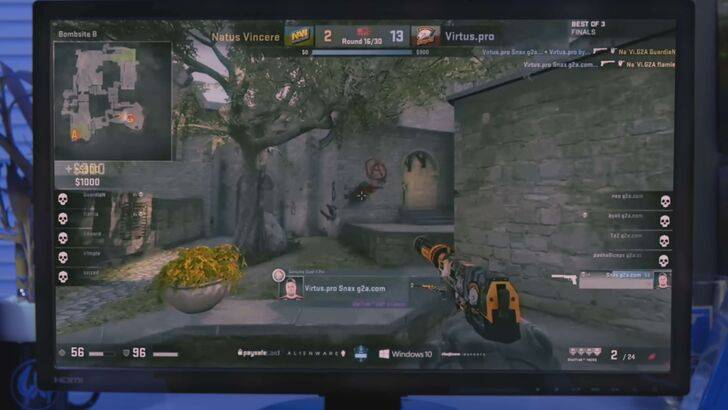The 2025 Game Developers Conference (GDC) State of the Game Industry report highlights a significant shift in game development focus. Let's delve into the key findings:

PC Dominance: A staggering 80% of game developers are prioritizing PC as their primary development platform, a 14% jump from the previous year's 66%. While the exact reasons remain unclear, the report suggests the rising popularity of Valve's Steam Deck may be a contributing factor. Interestingly, although not a selectable platform option in the survey, 44% of respondents who used the "Other" category specifically mentioned the Steam Deck.

This trend builds on previous years, with PC's dominance growing from 56% in 2020. While the emergence of user-generated content (UGC) platforms like Roblox and Minecraft, and the anticipated release of the Switch 2, present potential challenges, PC's position as the leading platform remains strong.

Live Service Games: A Mixed Bag: The report also reveals that one-third (33%) of AAA developers are currently working on live-service games. Across all respondents, 16% are actively developing live-service titles, while 13% express interest. However, a significant 41% show no interest, citing concerns such as declining player engagement, creative limitations, and the potential for burnout. The report emphasizes the issue of market saturation, with the recent closure of Ubisoft's XDefiant serving as a notable example.

Geographic Representation Concerns: A separate report by PC Gamer highlights a significant underrepresentation of developers from non-Western countries in the GDC survey. Nearly 70% of respondents hailed from Western nations (US, UK, Canada, Australia), with notable absences from regions like China and Japan. This raises concerns about potential biases in the report's findings and their applicability to the global game development landscape.

In conclusion, the 2025 GDC report offers valuable insights into current game development trends, but also underscores the importance of considering potential biases and the need for broader geographic representation in future surveys to provide a more comprehensive picture of the global game industry.









